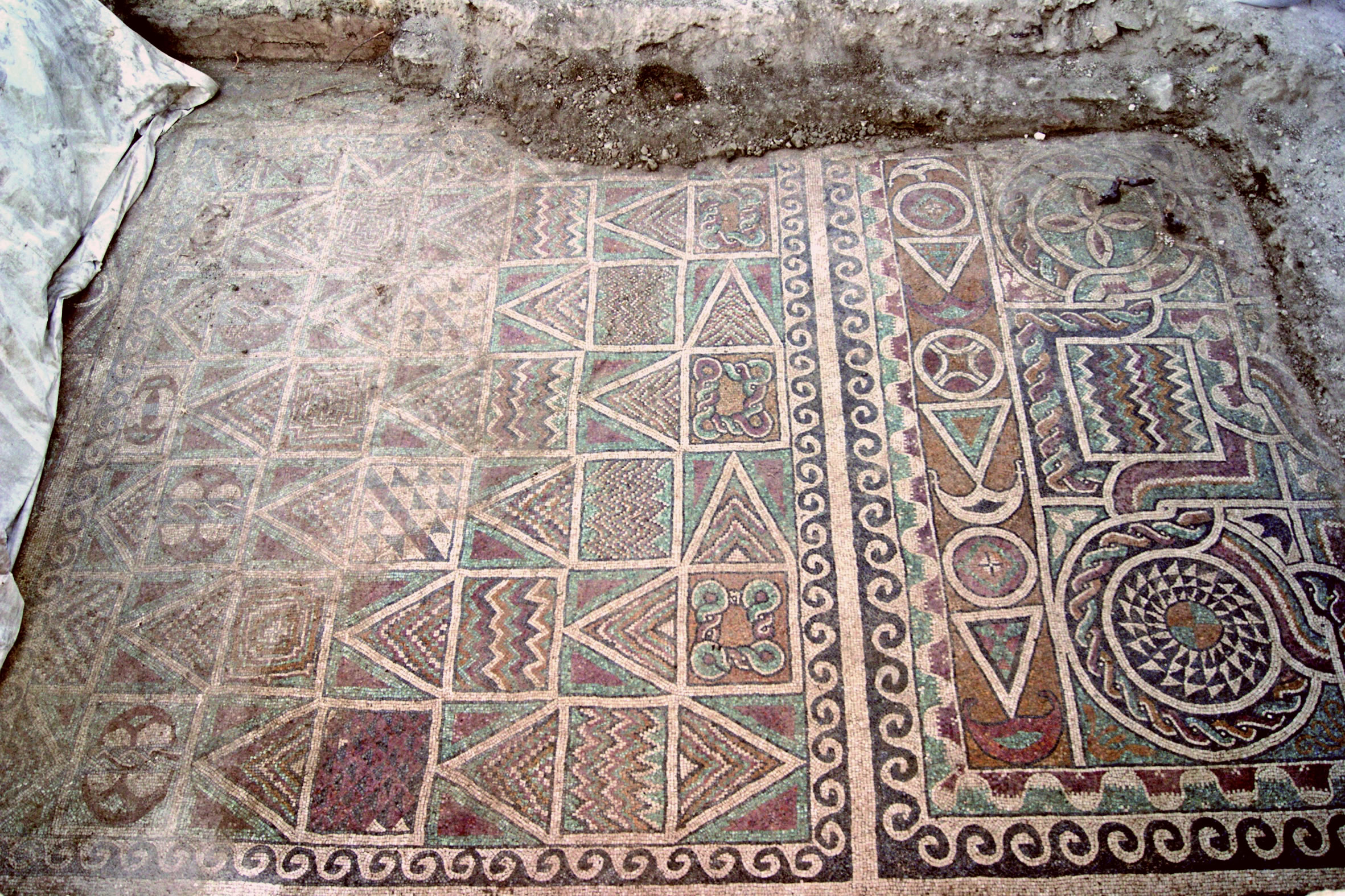

This expansion highly influenced the mosaic art we know today.Įastern influences became visible in mosaic patterns and mosaic designs. With the rise of the Roman Empire, mosaic patterns depicted gods, intrinsic geometric designs, and domestic settings. Tesserae allowed them to mirror paintings using the aforementioned patterns. Greeks began manufacturing pieces known as ‘tesserae’ in order to add more detail and color to their mosaic patterns. Greeks began creating art using pebbles through the depiction of geometric patterns and detailed scenes of people and animals. Mosaic art in Greece took a more structured shape.

They were colorful and did not follow a defined form.Īfter being used for decorative purposes, mosaics appeared through – unstructured - pebbled pavements. RELATED ARTICLE: 40 Decapitated Skeletons Found in Ancient Cemetery Along With Artifact Prove Roman Settlement in the AreaĬheck out more news and information on Archaeology in Science Times.Mosaic patterns first surfaced through the use of terracotta cones being applied point first onto structures as a means of decoration. MOLA archaeologists are in talks with the Southwark Council as they hope that this piece of art will be publicly displayed someday. Like previously unearthed historical Roman mosaics, the one found in London will be lifted later this year to be preserved and conserved. The team believes that the mosaic would have been featured on the floor of a Roman mansio in the boundaries of what would have been the Roman Londinium to house traveling Roman officials. MOLA archaeologists also discovered traces of Roman residence that included lavishly painted walls, terrazzo-style and mosaic floors, coins, jewelry, and decorated bone hairpins. That could mean that London artisans have traveled abroad to make the same style mosaics.įurthermore, the newly discovered Roman mosaic panels are made from small, colored tiles that are formed into intertwined strands that surround the flowers and geometrical patterns. He said that the group developed a unique style in making Roman mosaics such as the recently unearthed one.Īccording to The Art Newspaper, the smaller panel of Roman mosaic resembles closes to another mosaic discovered in Trier, Germany. Roman mosaic expert David Neal has attributed the design of the larger panel to a group of artists or mosaicists called the Acanthus group. The Intricate Art of A Once-in-A-Lifetime Discovery The team of MOLA archaeologists have been working at the site since last June and believed that the mosaic was part of the room called triclinium, which contains the dining couches where people would recline to eat and drink while also admiring the beautiful art of the mosaic flooring as well as the richly decorated walls.ĪLSO READ: Early Holocene Cemetery Gives New Insights How Ancient People Dealt With Climate Change Geometric elements and lotus flowers are also present in the main mosaic and a small nearby panel. It can be seen that its main panel features large, colorful flowers that are surrounded by bands that incorporate a twisted rode design and are set within a red tessellated floor.

“Lavish Roman mosaic is biggest found in #London for 50 years: Archaeologists say ‘once-in-a-lifetime’ finds near London Bridge are from heyday of Londinium” #archaeology #history /im4PWhWDw5- Bill Lamb February 22, 2022 Archaeologists discovered it over a month ago at a construction site near London Bridge. The mosaic dates back to the 2nd century to the early 3rd century AD. The recently discovered Roman mosaic is the largest one found in London for more than half a century measuring about 26 feet (8 meters) long, The Guardian reported. Largest Roman Mosaic Discovery in London for 50 Years (Photo: MARINA PASSOS/AFP via Getty Images)Īn Israeli Antiquities Authority worker cleans on Mathe mosaic floor of a Byzantine Church from the sixth-seventh century AD unearthed in Nes Harim village, around 20km west of Jerusalem.


 0 kommentar(er)
0 kommentar(er)
